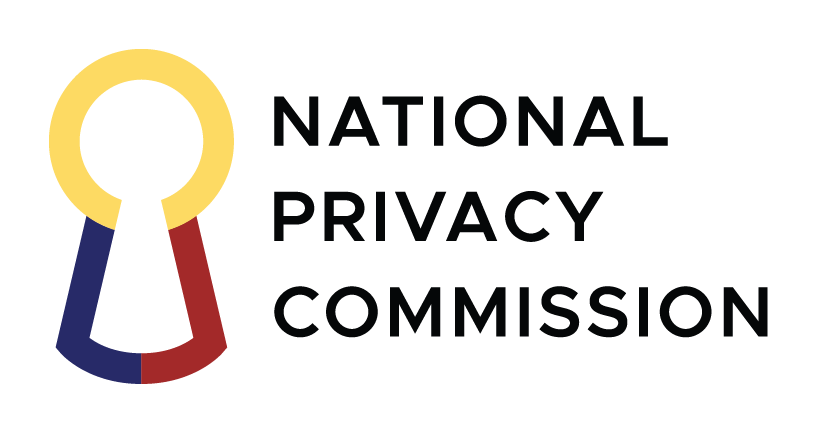LOCATION AND GEOGRAPHY
The Philippines is an archipelago of some 7,107 islands. It has a land area of about 300,000 square kilometers and a coastline of 36,289 kilometers. It is divided into three major island groups: Luzon in the north, Visayas in the center, and Mindanao farther down in the south.
Strategically located in the Asia Pacific region, the Philippines is readily accessible from the major travel centers of the world. Travel time from Hongkong to Manila is an hour and 20 minutes. From Singapore, 3 hours; Bangkok, 3 hours; Tokyo, 3 hours and 35 minutes; Sydney, 7 hours and 40 minutes; London, 14 hours; Frankfurt, 14 hours; San Francisco, 11 hours and 50 minutes. Manila is the country's capital and main port city and Cebu, in the south, is the second international gateway.
The climate is generally tropical, with two distinct seasons ranging from dry (between November and May) to rainy (usually from June to October). Average rainfall is about 2,030 millimeters and temperatures ranges from a low of 20 C to a high of 32 C.
GOVERNMENT AND POLITICAL SYSTEM
The Republic of the Philippines is a constitutional democracy, with the President elected as Head of State/Government. The current President is H.E. Benigno S. Aquino III.
The national government has three separate and co-equal branches, the executive, legislative, and judicial, which exercise a system of checks and balances.
The Executive Branch consists of the President and his/her Cabinet; the Legislative Branch is composed of the House of Representatives and the Senate; and the Judicial Branch, the system of courts is headed by the Supreme Court.
Local governments are similar to the executive branch in structure and function. Provinces are headed by governors; cities and municipalities by mayors; and the barangays, locally organized communities, by barangay chairpersons.
PEOPLE
The Philippines has a population of about 85.2 million people (2005). It is a young population with 50% of the people are below 22 years old. The labor force participation rate is 64.8% or around 55 million.
The country has one of the most highly educated populations in Southeast Asia with a literacy rate of 94.6%. English is widely spoken and understood, and is used extensively in business, government, and education.
HEAD OF STATE
President Benigno S. Aquino III
CAPITAL
Manila
LANGUAGES
The national language is Filipino although there are at least 87 regional languages. English, widely spoken and understood, is the language used for most business and legal transactions. Hokkien, Cantonese, and Mandarin are spoken by older members of the Filipino-Chinese community.
LITERACY RATE
93.9%
RELIGION
At least 81 percent of Filipinos belong to the Roman Catholic faith. About 5 percent is Muslims who can be found predominantly in Mindanao. The rest of the population is made up mostly of smaller Protestant and Christian denominations.

